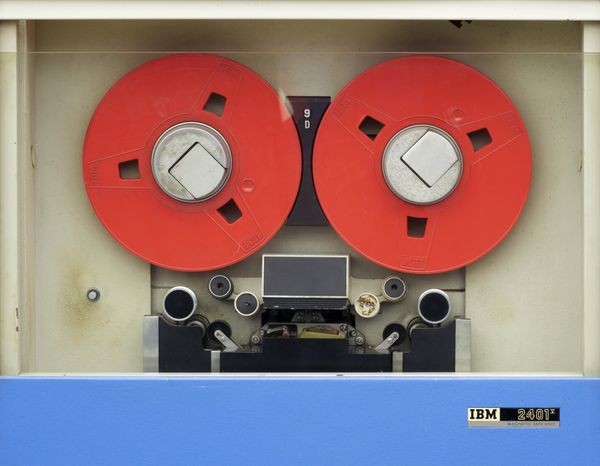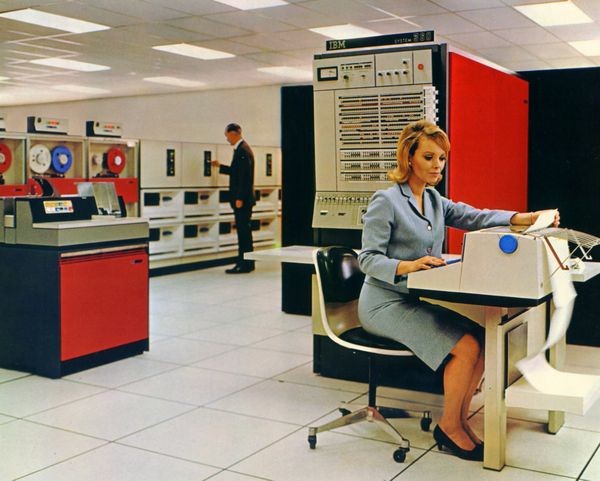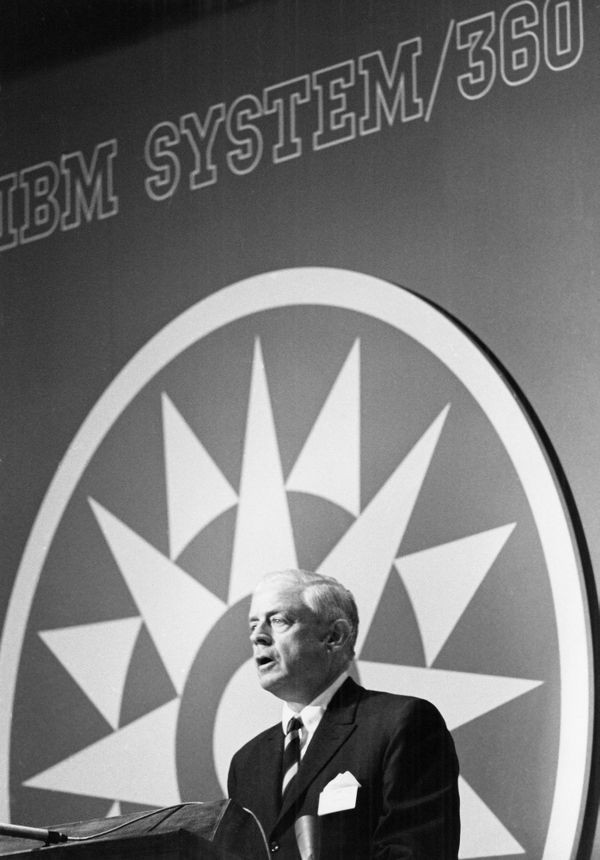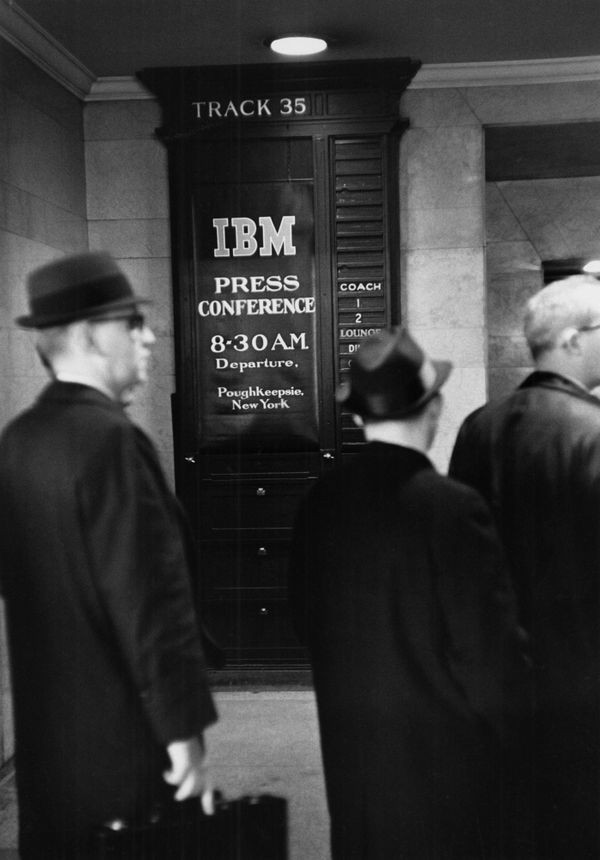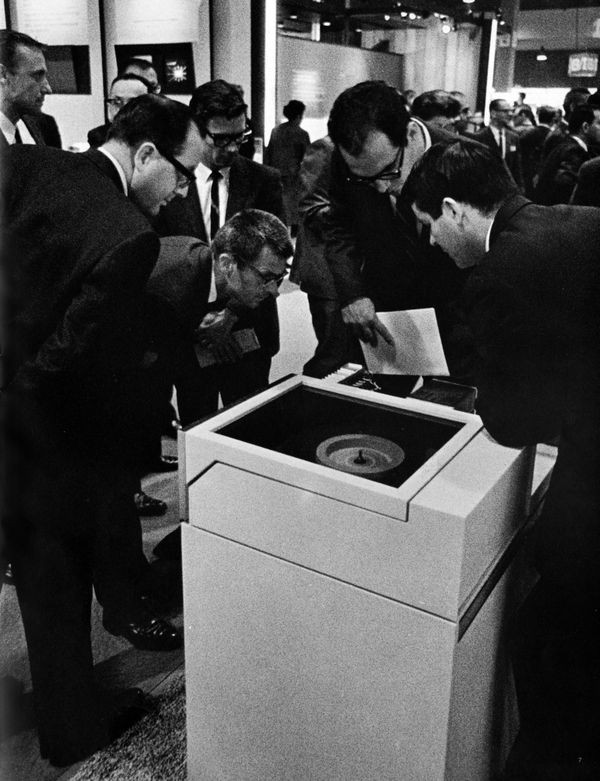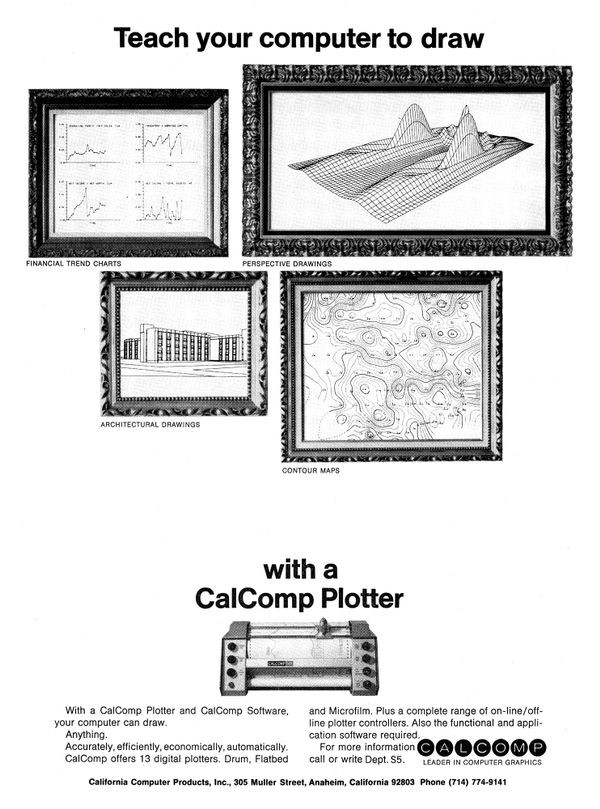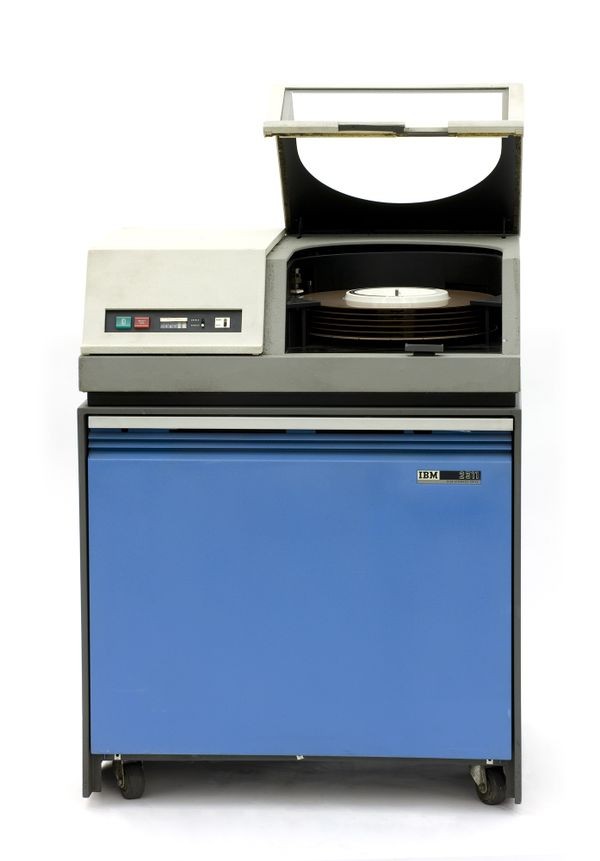IBM System/360
IBM System/360 Model 30 computer
McDonnell Aircraft Corporation bought the first Model 30, the smallest and least expensive of the three System/360 models shipped in 1965. It could emulate IBM’s older small computer, the 1401, which encouraged customers to upgrade.
IBM System/360
IBM dominated computing in 1961, with about two-thirds of the American market. But could IBM hold onto its lead? Its product line was fragmented with incompatible machines, poorly suited to offer companies a single, unified, easily expandable system.
IBM’s System/360, a new family of general-purpose computers, changed everything. Programs for one System/360 computer ran on all, letting customers readily consolidate computing capabilities.
Every subsequent IBM mainframe is a descendant of the first System/360s.
IBM System/360 Model 65 Computer
The Model 65 replaced two models announced in 1964 but never built. The first Model 65 went to MIT. A version for timesharing, called the Model 67, was the first 360 to use virtual memory.
View Artifact DetailThe Five Billion Dollar Gamble
IBM’s revenue in 1962 was $2.5 billion. Developing System/360 cost twice that. Company president Tom Watson, Jr. had literally bet the company on it.
Watson unveiled System/360 in 1964 — six computers with a performance range of 50 to 1, and 44 new peripherals — with great fanfare. Orders flooded in. The gamble paid off.
Watson announcing the IBM System/360
IBM claimed that the April 7, 1964 System/360 announcement was made to more than 100,000 people gathered in 165 cities.
View Artifact DetailGrand Central Station, New York City
IBM arranged a special train to take the press to its plant in Poughkeepsie, New York, for the announcement of the System/360.
View Artifact DetailPlays Well With Others
Compatibility was fundamental to System/360—and not just compatibility within IBM’s product line.
Clear, consistent, readily available specifications for System/360 components nourished a thriving market of third-party peripherals, making IBM computers even more practical and flexible. Varied “plug-compatible” devices easily substituted for IBM devices, often performing better at lower cost.
Memorex 630 Disk Drive prototype at trade show
Disk drives proved to be profitable products for companies hoping to compete with IBM’s more expensive System/360 peripheral equipment. The Memorex 630 appears to have been the first such product.
View Artifact DetailCalComp Plotter advertisement
High-quality data plotters for industrial and scientific applications predated computers. Existing plotter manufacturers quickly became suppliers of graphics output equipment for computers.
View Artifact DetailIBM System/360 - IBM 2311 disk drive
The IBM 2311 Direct Access Storage Facility was introduced in 1964 for use throughout the System/360 family of computers. It stored up to 7.25 megabytes on a single removable disk pack. The 2311 came with a IBM-standard interface, giving rise to an entire industry of ‘plug-compatible’ disk drive manufacturers such as Control Data Corporation and Memorex.
View Artifact DetailTelex 4700 Tape Drive advertisement
Magnetic tape was used for music and data storage before modern computers were invented, so there already were established companies ready to supply the new market for computer tape-based peripherals.
View Artifact Detail